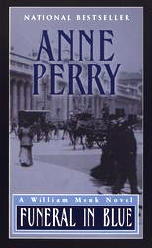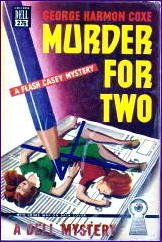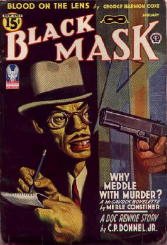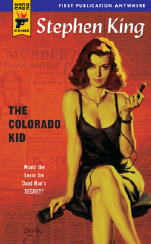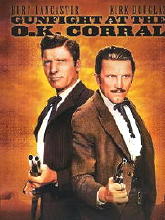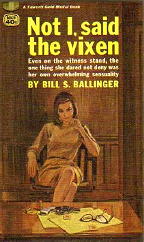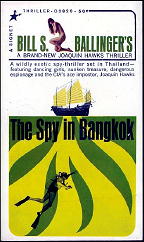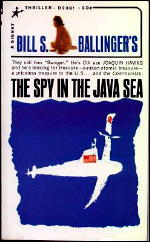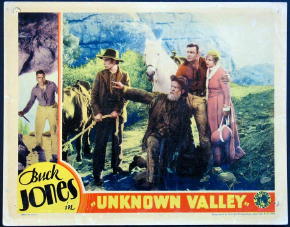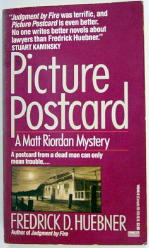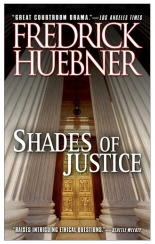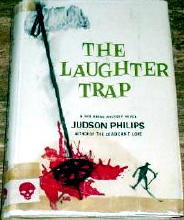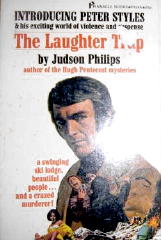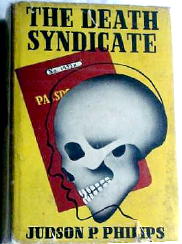Sun 7 Dec 2008
JAMES SALLIS and DUANE SWIERCZYNSKI: Two Reviews by TED FITZGERALD.
Posted by Steve under ReviewsNo Comments
JAMES SALLIS – Drive. Poisoned Pen Press, hardcover, September 2005; Harvest Books, trade paperback, September 2006.
DUANE SWIERCZYNSKI – The Wheelman. St. Martins, hardcover, September 2005; trade paperback, November 2006.
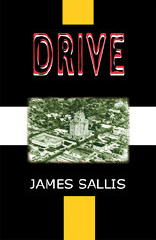
There are those who say that too many of us identity ourselves too much with our jobs. That’s certainly true of the protagonists of these two fast-moving novels.
Sallis’s lead character has simply taken the name Driver because that’s what does, both as a movie stunt driver and as a getaway specialist. Swierczynki’s Patrick Lennon is an apparently mute Irishman who harbors secrets even from the reader.
Both stories spin off from capers gone wrong. Indeed, could anyone write a novel about a caper that goes off without a hitch? And would anyone read it?
Sallis’s lean tale spins back and forth in time and ultimately leads to a point where Driver will have to decide whether he can still exist in the form he’s created or evolve into something else. If you get what I’m getting at, you know Sallis and you know this is as readable as it is speculative.
Good, lean, intriguing.
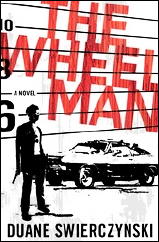
The Wheelman, on the other hand, speeds forth in the aftermath of a botched bank robbery and doesn’t stop until there’s virtually no one standing.
Patrick Lennon finds himself flailing about among a cross section of Philadelphia Mafioso, Russian gangsters and corrupt bottom feeders, none of whom are as clever as they think, most of whom are double-crossed by sharpies who are in turn double-crossed by even rougher scoundrels.
At first, I thought the book was going over the top but then it came gradually clear that this isn’t so much a hardboiled caper as it is a black comedy, one that ends with an appropriately bitter chuckle that could also be perceived as a death rattle.
Grand, nasty fun.

